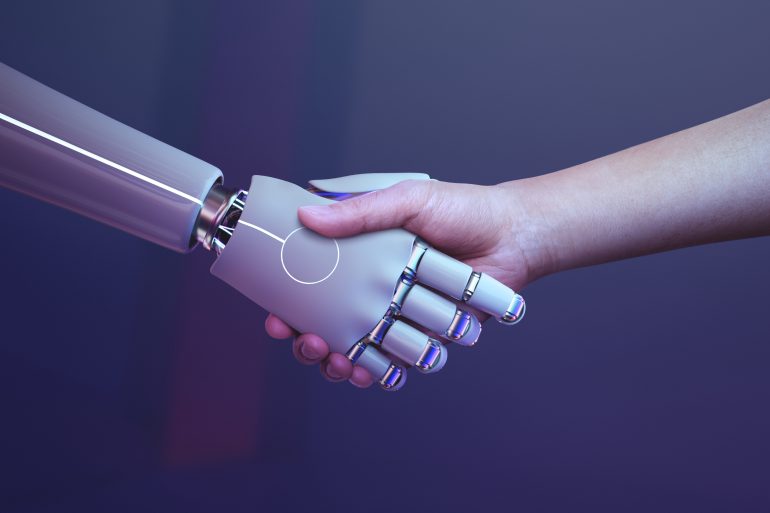• The graphical user interface (GUI) revolutionized computing by making it accessible to everyone.
• Today, large language models (LLMs) represent a similar transformative shift, focusing on expanding human cognition.
• LLMs engage with information to generate new ideas and insights, enhancing creativity and critical thinking.
• The shift moves from interacting with technology via clicks to engaging through language, where thought becomes the primary interface.
• LLMs are poised to change how we think, learn, and innovate, marking a new era of human-machine collaboration.
Main AI News:
Fifty years ago, Steve Jobs’ visit to Xerox PARC marked a turning point in technology when he encountered the graphical user interface (GUI). This innovation transformed computing from complex and inaccessible into a user-friendly experience, revolutionizing personal and professional productivity. The GUI changed how we interacted with machines, making computers accessible to everyone. Today, we stand at a similar moment with large language models (LLMs), which promise to redefine human thought and creativity.
LLMs represent a new paradigm, much like the GUI, but they focus on expanding human cognition. They don’t just retrieve information; they process, remix, and present it in ways that inspire new ideas and insights. As tools for thought, LLMs enhance our ability to think critically and creatively, opening up new possibilities for problem-solving and learning.
This shift takes us from interacting with machines through clicks to engaging with them through language, turning thought into the primary operating system. With LLMs, we are no longer constrained by traditional interfaces; instead, we navigate the vast landscape of human cognition through conversation and ideas.
As we move into this Cognitive Age, technology’s role shifts from simply assisting with information retrieval to enhancing our ability to think and create. Like the GUI before it, the impact of LLMs will be felt not just in the technology but also in how it transforms the way we think, learn, and innovate. It is more than an evolution; it’s a revolution in how humans and machines collaborate.
Conclusion:
The rise of LLMs represents a profound shift in how businesses and individuals will interact with technology. Like the GUI democratized computing, LLMs democratize access to advanced cognitive processes. For the market, this means a wave of innovation across sectors—industries will see increased productivity, enhanced problem-solving capabilities, and a transformation in knowledge work. Companies that leverage LLMs can create new business models, tap into more sophisticated decision-making, and unlock the potential for creativity at scale. In this new cognitive age, the competitive edge belongs to those who embrace these tools to augment human thought and creativity.

